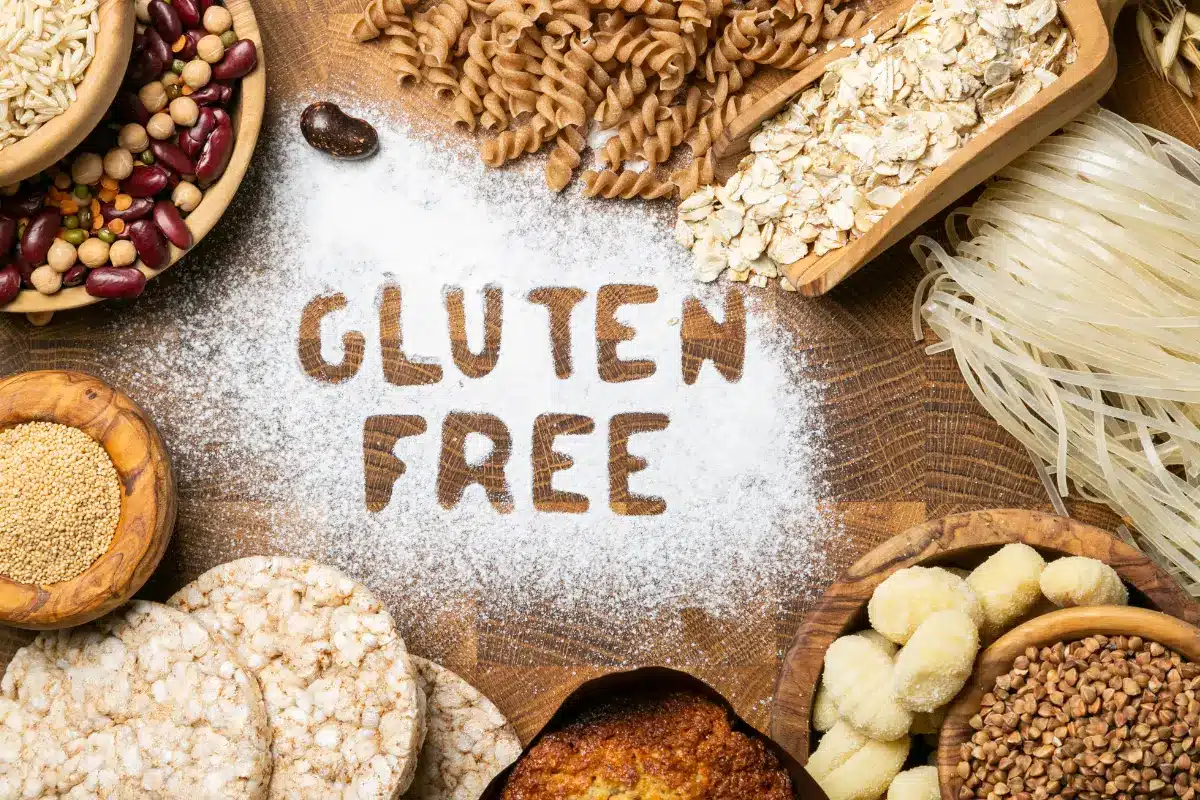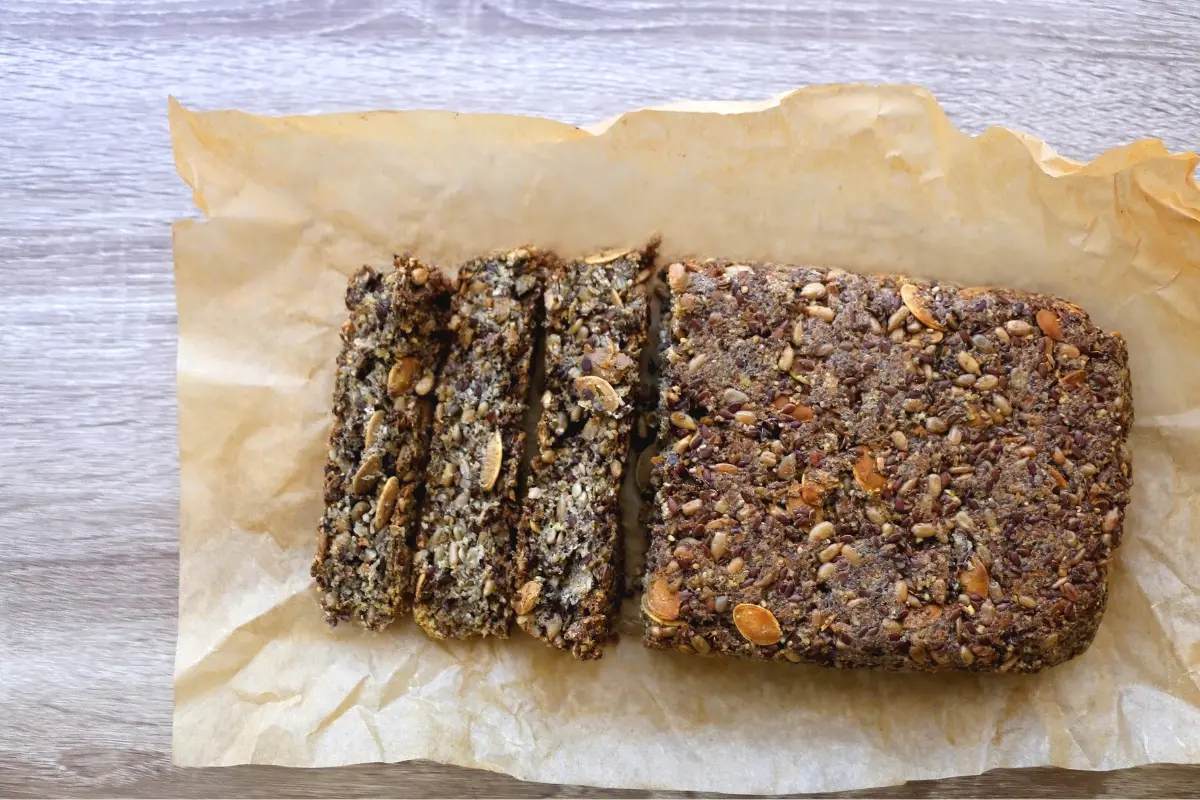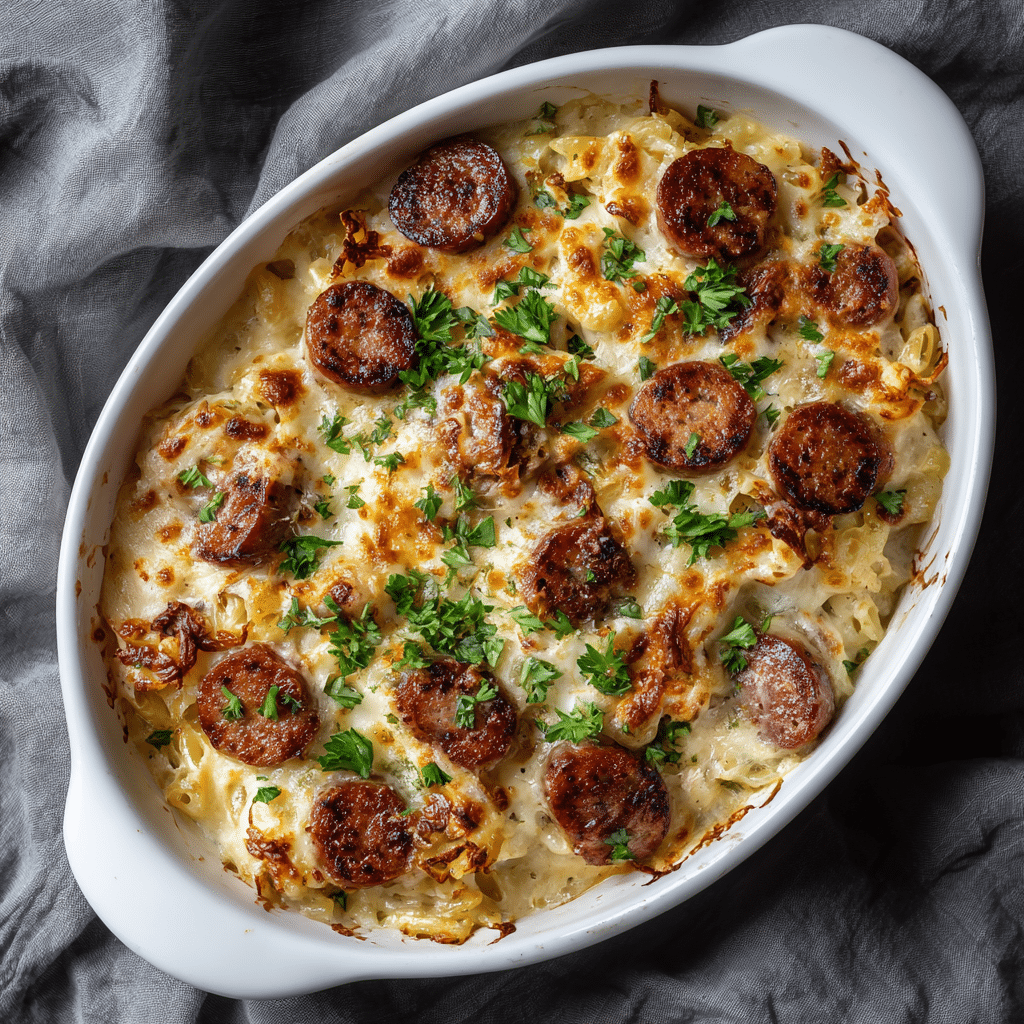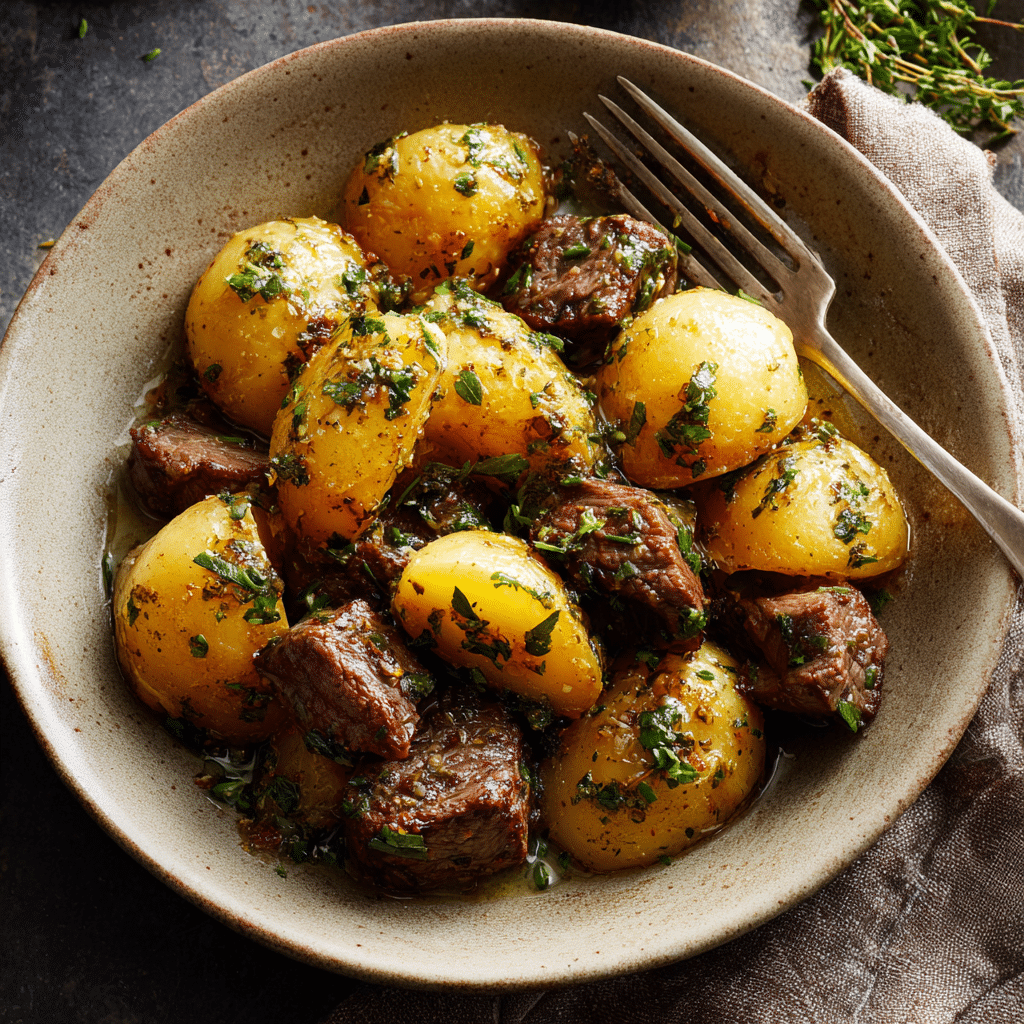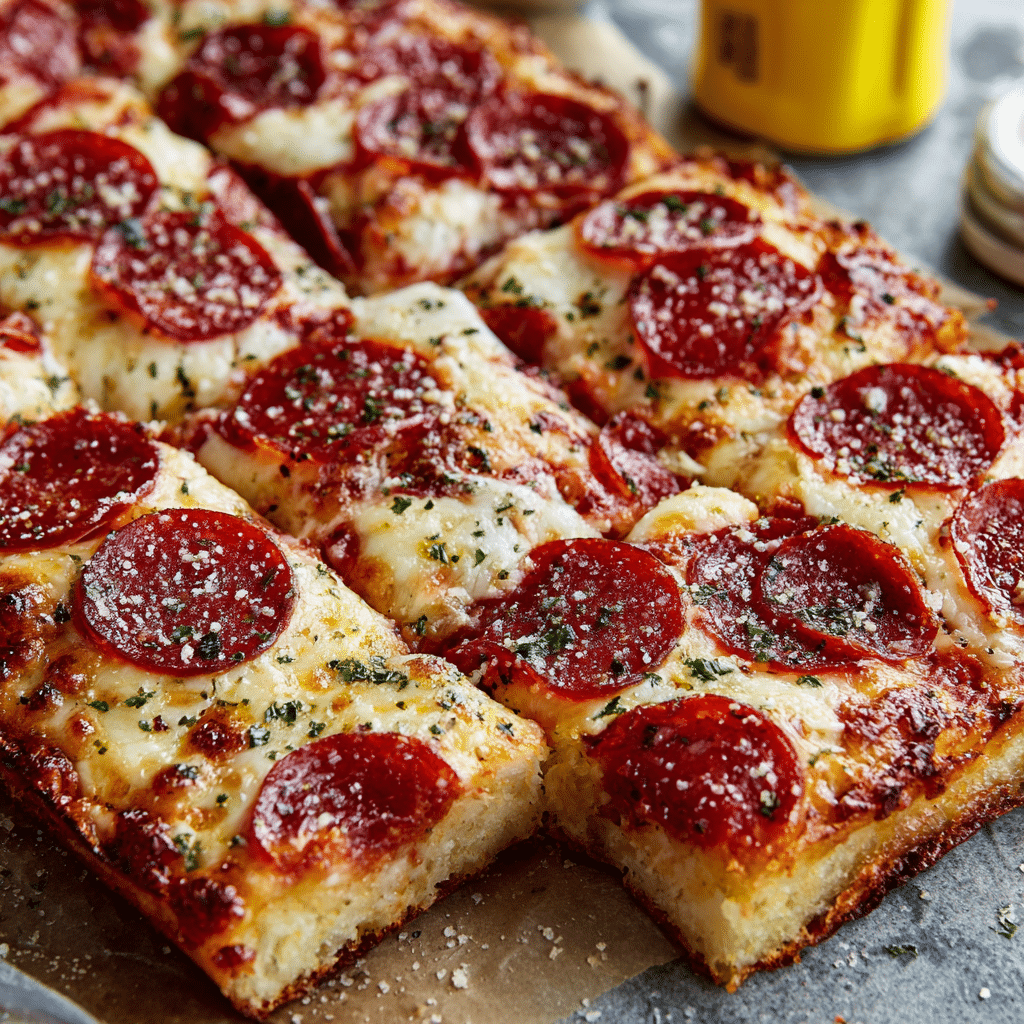Embarking on a journey toward healthier snacking doesn’t mean you have to sacrifice flavor or variety—especially when it comes to gluten-free options. In this article, we’re diving deep into the world of gluten-free snacks, offering you not just recipes but also a comprehensive guide to mastering gluten-free snack preparation. From understanding what constitutes a gluten-free snack to exploring savory and sweet options that cater to all taste buds, we’ve got you covered. Whether you’re gluten-intolerant, celiac, or simply looking to broaden your dietary horizons, this guide aims to enlighten and inspire with tasty, healthy snack solutions.
Understanding Gluten-Free Snacks
Gluten-free eating is more than a trend; it’s a lifestyle for many, driven by the need to avoid gluten due to health conditions like celiac disease or gluten intolerance. Gluten-free snacks are those made without wheat, barley, rye, and other gluten-containing grains. They’re crafted from alternative flours and binders that mimic the texture and taste of traditional snacks but are safe for those avoiding gluten.
The Importance of Gluten-Free Eating
Opting for gluten-free snacks isn’t just about adhering to dietary restrictions; it’s about embracing a world of nutritional benefits and delicious tastes. Gluten-free eating can lead to improved digestive health, reduced inflammation, and an overall boost in energy levels, making it a worthwhile consideration for everyone.
What Makes a Snack Gluten-Free?
A snack is considered gluten-free if it contains less than 20 parts per million (ppm) of gluten. This is the safe threshold for most people with celiac disease or gluten sensitivity. Key ingredients in gluten-free snacks include:
- Almond flour
- Coconut flour
- Oat flour (certified gluten-free)
- Guar gum and xanthan gum (as binders)
Transitioning to gluten-free snacking opens up a new realm of flavors and ingredients that not only cater to dietary needs but also introduce your palate to exciting, diverse options. From savory crackers made with almond flour to sweet muffins crafted from coconut flour, the possibilities are endless. Let’s embrace this journey with an open mind and a keen spirit for experimentation, ensuring that every snack is a step toward a healthier, happier you.
Recipes
Diving into the heart of our gluten-free guide, we’ve curated a selection of recipes that will tantalize your taste buds while adhering to your dietary needs. From savory to sweet, these snacks are perfect for any occasion, be it a quick afternoon pick-me-up or a healthy treat for your next gathering. Let’s get started!
Savory Gluten-Free Snacks
Recipe 1: Gluten-Free Crackers
Ingredients:
- 1 cup almond flour
- 1/4 cup sunflower seeds
- 1 tbsp flaxseed, ground
- 1/2 tsp salt
- 1/4 cup water
Instructions:
- Preheat your oven to 350°F (175°C).
- Mix all dry ingredients, then add water to form a dough.
- Roll out between two sheets of parchment paper to 1/8 inch thickness.
- Cut into squares and bake for 15-20 minutes until golden.
These crackers are not only a breeze to make but also versatile, serving as the perfect base for your favorite cheese or spread.
Recipe 2: Veggie Chips
Ingredients:
- 2 large beets
- 2 large parsnips
- 1 sweet potato
- Olive oil
- Salt, to taste
Instructions:
- Thinly slice all vegetables using a mandoline for even thickness.
- Toss with olive oil and salt.
- Arrange in a single layer on baking sheets and bake at 300°F (150°C) until crisp, about 45 minutes.
Crispy, colorful, and full of natural sweetness, these veggie chips are the ultimate healthy snack.
Sweet Gluten-Free Snacks
Recipe 3: No-Bake Energy Balls
Ingredients:
- 1 cup oats (gluten-free)
- 1/2 cup peanut butter
- 1/3 cup honey
- 1/2 cup flaxseeds, ground
- 1/2 cup chocolate chips (gluten-free)
Instructions:
- Mix all ingredients in a bowl until well combined.
- Roll into balls and refrigerate until firm, about 30 minutes.
Packed with energy and utterly delicious, these no-bake balls are perfect for on-the-go snacking.
Recipe 4: Gluten-Free Muffins
Ingredients:
- 2 cups oat flour (gluten-free)
- 1 tsp baking powder
- 1/2 tsp baking soda
- 1/4 cup coconut oil, melted
- 1/2 cup maple syrup
- 2 eggs
- 1 tsp vanilla extract
- 1 cup blueberries
Instructions:
- Mix dry ingredients, then add wet ingredients to form a batter.
- Fold in blueberries, then divide into muffin tins.
- Bake at 350°F (175°C) for 20-25 minutes.
Moist, fluffy, and bursting with berries, these muffins will make you forget they’re gluten-free.
Quick and Easy Gluten-Free Snacks
Recipe 5: Fruit and Nut Bars
Ingredients:
- 1 cup dates, pitted
- 1/2 cup almonds
- 1/2 cup walnuts
- 1/2 cup dried cranberries
Instructions:
- Process dates in a food processor until they form a sticky dough.
- Add nuts and cranberries, pulsing until combined.
- Press into a lined baking dish, chill, and then cut into bars.
These fruit and nut bars are a powerhouse of nutrients, perfect for a quick energy boost.
Transitioning to a gluten-free diet doesn’t mean compromising on flavor or variety. With these recipes, you’re equipped to explore a whole new world of delicious, healthy snacks that cater to your gluten-free lifestyle. Stay tuned for more tips and tricks to make your gluten-free journey even more enjoyable!
Tips for Successful Gluten-Free Snack Preparation
When it comes to preparing gluten-free snacks, the devil is often in the details. With the right approach, you can create snacks that are not only safe for those with gluten sensitivities but also delicious and satisfying for everyone. Here are some essential tips and techniques to ensure your gluten-free baking and cooking ventures are a resounding success.
Baking Tips and Techniques
Working with Gluten-Free Flours
Gluten-free flours can be quite different from traditional wheat flour in terms of texture, taste, and how they absorb moisture. Here’s how to get the best out of them:
- Mix it up: A blend of gluten-free flours usually works better than any single flour. Experiment with almond flour, coconut flour, and oat flour to find the perfect combination for your recipe.
- Moisture matters: Gluten-free baked goods can sometimes turn out dry. To combat this, add a bit more moisture in the form of water, oil, or fruit purees like apple sauce or banana.
Moisture and Binding Agents
Without gluten to act as a binder, gluten-free snacks can sometimes struggle to hold together. Here’s how to keep everything intact:
- Binders are your friends: Xanthan gum and guar gum are excellent substitutes for gluten as binders. A little goes a long way in preventing your baked goods from crumbling.
- Don’t overlook eggs: Eggs can also help to bind ingredients together and add moisture. If you’re vegan, flax eggs or chia eggs are great alternatives.
Transition words like “furthermore,” “in addition,” and “moreover” can seamlessly introduce these tips, enhancing the readability of your content and ensuring that your readers are engaged from start to finish.
With these tips in hand, your foray into gluten-free snack preparation should be both enjoyable and fruitful. Remember, gluten-free baking is an art and a science, requiring a bit of patience and a lot of love. But the reward—a kitchen filled with the aroma of freshly baked, delicious, and nutritious snacks—is well worth the effort. So, roll up your sleeves and let your culinary creativity run wild!
Navigating Gluten-Free Snack Challenges
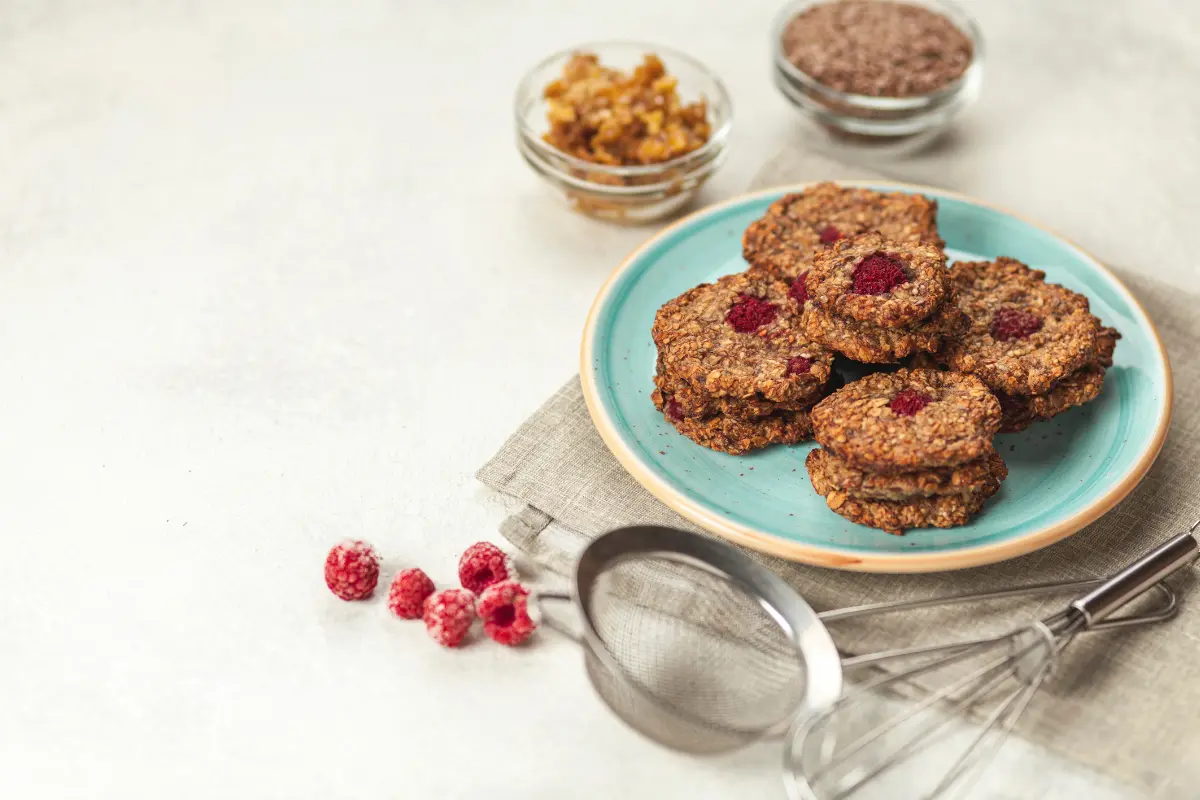
Embarking on a gluten-free journey introduces a unique set of challenges, from decoding labels to dealing with social situations. However, with a bit of knowledge and preparation, you can navigate these waters smoothly. This part aims to arm you with practical advice for overcoming common obstacles associated with gluten-free snacking.
Reading Labels Like a Pro
Understanding labels is crucial in ensuring that your snacks are truly gluten-free. Look for labels that clearly state “certified gluten-free.” This certification means the product has been tested and meets strict gluten-free standards. However, not all gluten-free products are certified, so also look for common gluten-containing ingredients to avoid, such as wheat, barley, rye, malt, and brewer’s yeast.
Handling Social Situations with Ease
Social gatherings can pose a challenge for those on a gluten-free diet. Here are a few tips to help you navigate these situations:
- Communicate your needs: Don’t hesitate to inform your host of your dietary restrictions ahead of time. Most people are willing to accommodate your needs.
- Bring your own snacks: If you’re unsure about the gluten-free options that will be available, bring along your own snacks. This ensures you’ll have something safe to eat.
- Focus on whole foods: Fresh fruits, vegetables, nuts, and cheese are often safe bets when navigating a buffet or party spread.
Gluten-Free Snacking on the Go
For busy individuals, finding quick and safe gluten-free options can be a challenge. Here are some strategies for snacking on the go:
- Prepare in advance: Batch prepare gluten-free snacks at the beginning of the week. Homemade granola bars, energy balls, and veggie chips are all great options.
- Know your safe spots: Research and identify cafes or stores that offer certified gluten-free snacks. Many places now cater to gluten-free diets.
- Keep a snack pack: Always have a small bag of gluten-free snacks in your car, purse, or backpack. This can be a lifesaver when hunger strikes unexpectedly.
Navigating the gluten-free snack landscape requires a blend of vigilance, preparation, and creativity. By mastering label reading, preparing for social situations, and planning for snacking on the go, you’ll find that maintaining a gluten-free diet can be both satisfying and straightforward. Remember, every challenge is an opportunity to discover new favorite snacks and recipes that not only meet your dietary needs but also delight your taste buds.
Embracing the Global Flavors of Gluten-Free Snacks
In this part of our gluten-free journey, we’ll explore how international cuisines offer a treasure trove of gluten-free snack options. By broadening our culinary horizons, we can enjoy a diverse and flavorful array of snacks that naturally fit within a gluten-free diet. This exploration is not only a way to enhance our snack repertoire but also an opportunity to celebrate cultural diversity through food.
Discovering International Gluten-Free Snacks
The world’s cuisines provide a variety of gluten-free snacks that are both nutritious and full of flavor. Let’s embark on a culinary adventure:
Mediterranean Delights
- Olives and Tapenade: A staple of Mediterranean cuisine, olives, and olive tapenade served with gluten-free crackers make for a savory snack.
- Stuffed Grape Leaves (Dolmas): These are often gluten-free, filled with rice and herbs, offering a delicious bite-sized treat.
Asian-Inspired Snacks
- Rice Paper Rolls: Filled with vegetables, herbs, and sometimes shrimp or tofu, these rolls are a fresh, gluten-free snack option.
- Mochi: This Japanese rice cake made from glutinous rice (which, despite its name, is gluten-free) can be a sweet or savory snack.
Snacking with Latin American Flavors
- Arepa: These versatile corn cakes from South America are naturally gluten-free and can be filled with a variety of ingredients.
- Pão de Queijo: Brazilian cheese bread made from tapioca flour is a warm, cheesy snack that’s completely gluten-free.
Gluten-Free Snacks from Africa
- Injera with Hummus: Injera, an Ethiopian sourdough flatbread made from teff flour, is naturally gluten-free and pairs wonderfully with hummus or other dips.
- Mandazi: These East African coconut doughnuts are a delightful treat when made with gluten-free flour.
Navigating the World Through Recipe
Each region of the world offers unique gluten-free snacks that reflect its culture and culinary traditions. By incorporating these global snacks into our diets, we not only enrich our eating experience but also gain a greater appreciation for the diversity of gluten-free options available. Whether it’s through making these snacks at home or seeking them out at international markets, embracing the global flavors of gluten-free snacks can add excitement and variety to our dietary routines.
Remember, exploring global cuisines can introduce new ingredients and cooking techniques, enhancing our overall gluten-free cooking and snacking experience. So, let’s take our taste buds on an adventure and discover the endless possibilities that gluten-free snacking has to offer!
FAQs
Navigating the world of gluten-free snacking can sometimes feel like a puzzle. But, worry not! We’ve gathered some of the most common questions to help clear up any confusion and make your gluten-free journey as smooth as possible.
What are the benefits of gluten-free snacks?
Gluten-free snacks can offer several benefits, especially for those with celiac disease, gluten intolerance, or wheat allergies. Aside from being safer options, these snacks can also lead to better digestive health, increased energy levels, and a reduction in bloating and inflammation. Moreover, exploring gluten-free alternatives often encourages a more varied and nutrient-rich diet.
Can gluten-free snacks help with weight loss?
While gluten-free snacks are not a magic bullet for weight loss, choosing them can lead to healthier eating patterns. Many gluten-free snacks are made from whole foods and lack the processed flours and sugars found in traditional snacks. However, it’s important to read labels carefully, as some gluten-free products can be high in calories and sugar.
How do I ensure my snacks are truly gluten-free?
Ensuring your snacks are truly gluten-free requires a bit of diligence. Here are a few tips:
- Read labels carefully: Look for products certified gluten-free by reputable organizations. These products have been tested to ensure they meet strict gluten-free standards.
- Be mindful of cross-contamination: In your kitchen, use separate utensils, cutting boards, and appliances for gluten-free cooking to avoid cross-contamination.
- Choose whole foods: Fruits, vegetables, nuts, and seeds are naturally gluten-free and make excellent snack options.
Embracing a gluten-free lifestyle doesn’t mean you have to compromise on taste or variety. With the right knowledge and a little creativity, you can enjoy delicious, healthy snacks that satisfy your cravings without the gluten. So go ahead, experiment with new ingredients, and discover the endless possibilities that gluten-free snacking has to offer!
